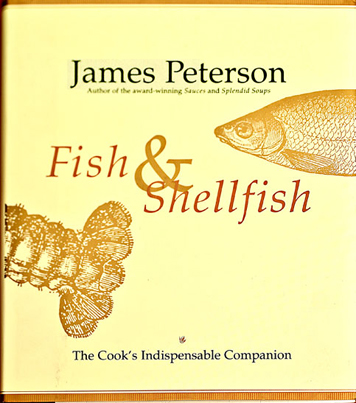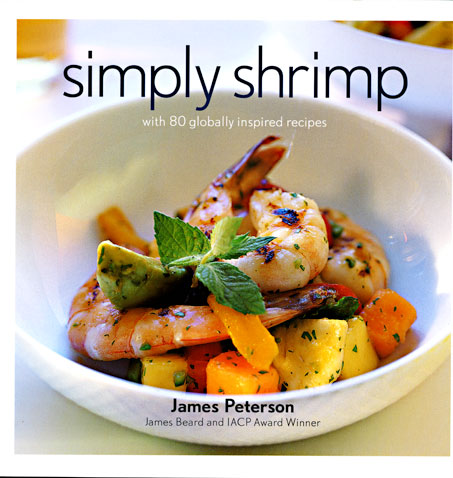In France, sea urchins are served at places that serve oysters for about 10 times the price of the oysters. My first taste of a sea urchin was in such a place and I was immediately struck by the juxtaposition of sea-like flavors with sweetness. It was a little bit like an oyster flavored with chocolate—which was not at all a bad thing. In fact, other than caviar, it was the best thing I’d ever tasted out of the sea.
Sea urchins are not at all inviting to look at—they’re usually black although sometimes green or violet, disk shaped, and covered with spikes, not something you want to step on at the beach. To open a sea urchin, cut through the small opening at the center to the outer perimeter. Cut around the sea urchin to remove the top half. This will expose the roe—usually a bright orange—which is the part we eat.
When I returned from France in the late 1970s and opened my restaurant, sea urchins could be bought for 25 dollars a case. A case probably held a hundred. After having paid $2.50 each in a Paris restaurant, this was an amazing boon that led to all manner of creations—the pureed roe was worked with butter and used to finish seafood sauces or the roe was served in small mounds as a garniture for fish. We even made a soup out of it.
Many of these creations came about because we had so many sea urchins and they weren’t bad, but now, given that sea urchins are very expensive, it makes more sense to eat them raw, for their flavor is best when they’re not cooked.
If you’ve never tasted a sea urchin, your best bet is to order uni sushi (or sashimi) in a Japanese restaurant.


